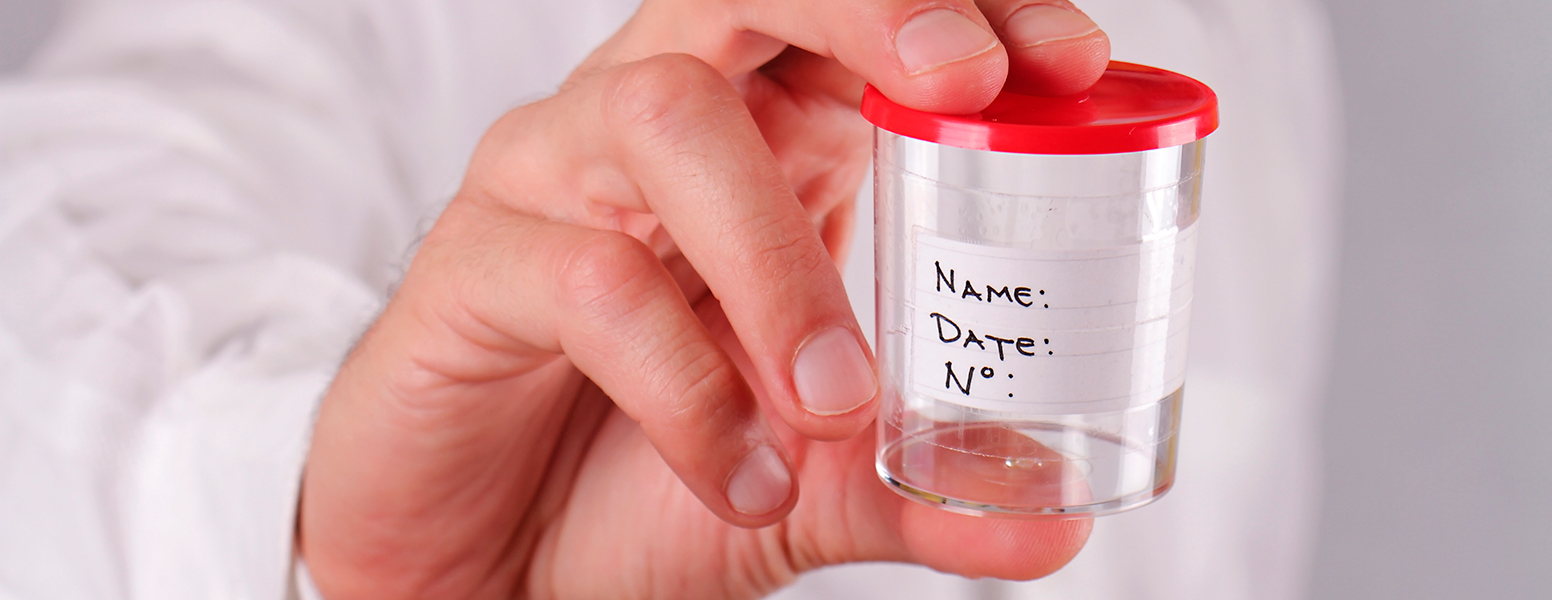Most tests that lead to the precise diagnosis of the type of incontinence are simple.
They include urine tests: general urine test, urine culture, antibiogram, urine cell analysis, radiology analyses, such as examination of the urinary tract with ultrasound, cystogram, and urodynamic testing that may be combined with video recordings of urination, after the bladder is filled with a contrast agent.
In rare cases, the urologist or gynaecologist will refer the patient to a neurologist, especially in cases of neurogenic urinary bladder.
What exactly is urodynamic testing?
Urodynamic testing is a specialized test performed by urologists with the help of special equipment. The test requires the insertion of catheters in the urinary bladder, in the rectum and, sometimes, a puncture of the pelvic floor muscles with special needles that record muscular activity.
These needles are inserted in the perineal muscles to record electrical activity (electromyogram). The catheters placed in the urinary bladder fulfil two functions: a) to allow the doctor to insert the sterile solution through the tube, and b) to allow the doctor to record the pressures developed when the urinary bladder is filled with the solution and the contraction of its detrusor muscle.
The catheter in the rectum is inserted to record intra-abdominal pressure, so that we may better measure intravesical pressures.
If we want to get an idea of exactly what happens during urination, we may use the urination of the plain saline solution, contrast agents that allow us, by radiology and recording, to perform the test that is then known as a video urodynamic study.
Due to its cost, this urinary incontinence test is necessary only in exceptional cases and when previous tests have given no results.
Kindly contributed by the Urologist – Andrologist Surgeon, Dr Charalambos P. Asvestis





